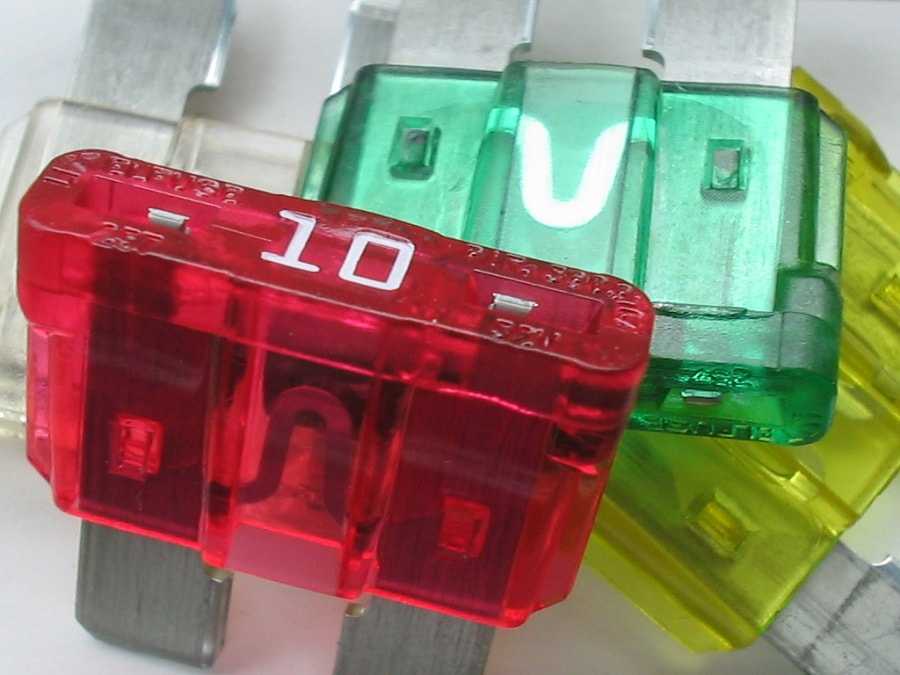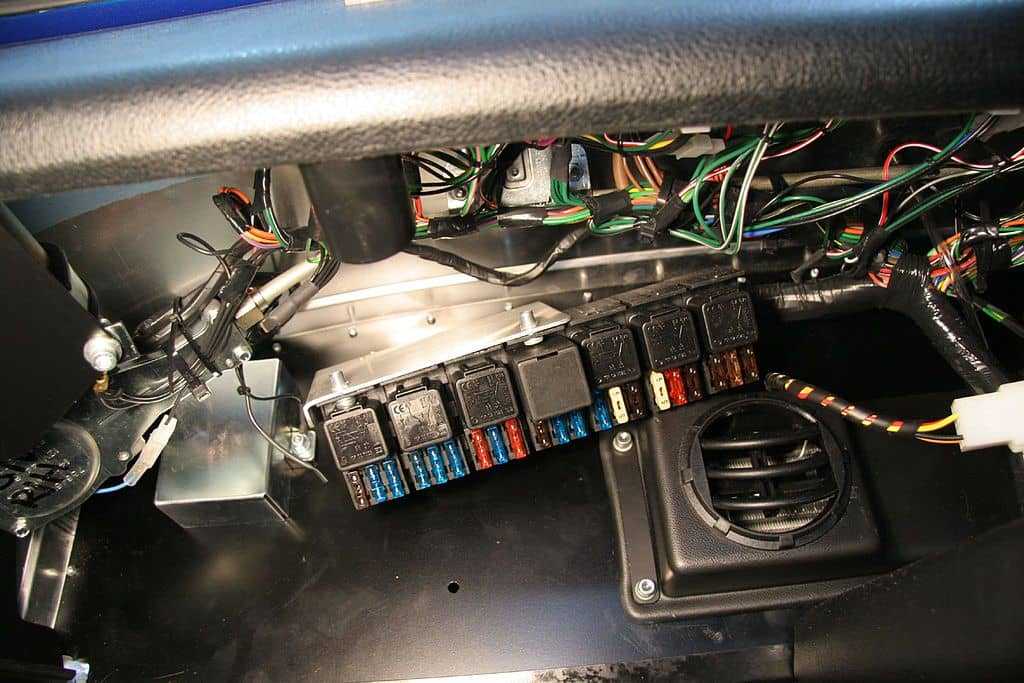Having some electrical issues in your car? You probably should examine the fuses. Whenever you have a power problem such as the interior light blinking or the radio is not working properly, blown fuses could be the likely culprit. There are various types of car fuses and you need to learn about them for checking and re-installation. Read on to learn how to figure out the different amperage or voltage ratings of your car fuses.
Contents
Types of Car Fuses
Fuses are uniquely wired to absorb the overcurrent in an electrical system. In other words, these little safety devices literally blow themselves up to protect the equipment of your vehicle from the excessive flow of current.
These circuit protectors come in varying colors, shapes, and sizes. Fuses are rated from 32V to 80V along with the ampere ratings of 0.5 to 500. They are widely used in cars, trucks, buses, and off-highway vehicles. Automobile fuses have a lower voltage rating in comparison to fuses used in other electrical systems.
Low Profile Mini, Mini, Micro-2, and ATO are the main fuse types used in modern automobiles. The most popular among these are the Mini fuses. Car fuses are precisely color-coded according to the voltage rating, ranging from a low of 12V to a high of 42V. Also, their location in a vehicle depends on its make and model.

The circuits can shatter for both minor and major problems. Either way, fuses should be handled mindfully. Some people say troubleshooting and replacing fuses is no sweat. Having said that, if you don’t have adequate knowledge of the nitty-bitty of automobile hardwire kits, we exhort you to see an adept auto-mechanics.
Car specialists warn improper installation can cause fuses to blow-up, again and again, that can lead your vehicle to extensive damage. In the worst-case scenario, you could end up with a fire.
4 Ways to Identify Car Fuses
The following methods can help you find out the fuse types of your car. Before checking, turn off the engine and remove the key from the ignition slot.
SEE MORE
Locate the fuse panel.
To start, you need to locate the fuse panel in your car. There could be several fuse boxes, but most cars have two. You will probably find one under the dash and the other under the hood.
Tip: Search for a symbol of a fuse or a lightning bolt to detect a fuse panel.
After locating the fuse box, open its cover. You will see various colorful fuses inside. Now, pay close attention to the cover. You should see a chart there with the functions of fuses and their allotted amps.
The chart is likely to be on the inside of the fuse box cover. If you don’t see a chart, jump into the next step.
Check the owner’s manual.
You can check the owner’s manual of your vehicle to identify the types of car fuses. The manual should come with the car when you have purchased it from a dealer.
Once you have the manual, scan it thoroughly for ‘fuses’ in the index. There you will get the details of amperage ratings of car fuses.
Sometimes, you could end up losing the owner’s manual. You could ask the car dealer to get a new one. Otherwise, search online by putting your car’s make and model. There are some websites that let you download the manual for free.
Take out the fuses.
The fuses may have the ratings engraved on them. Many cars have a fuse puller under the cover of the fuse box. When you get at your car’s fuses, yank them out carefully and check the markings on the fuses to find out the correct type. However, not all fuses have all information imprinted on them.

Do an online search.
If there’s no information on the fuses, you can do a quick online search. You can put the fuse type and amp rating. You are likely to get all information you need. Also, it’s possible to browse for befitting fuses with your car’s model.
To find the correct type without any mistake, print out the pictures of the common types of car fuses and compare them with the real ones you have in the car.
The Wrap-up
Identifying the correct fuse types is necessary before you can proceed with their replacement and re-installation. In addition to that, some basic car mechanism knowledge will save you a trip to the mechanic. You have the knowledge of the viable solutions now at your disposal. The methods will come handy if you maintain the order of the identification steps.



